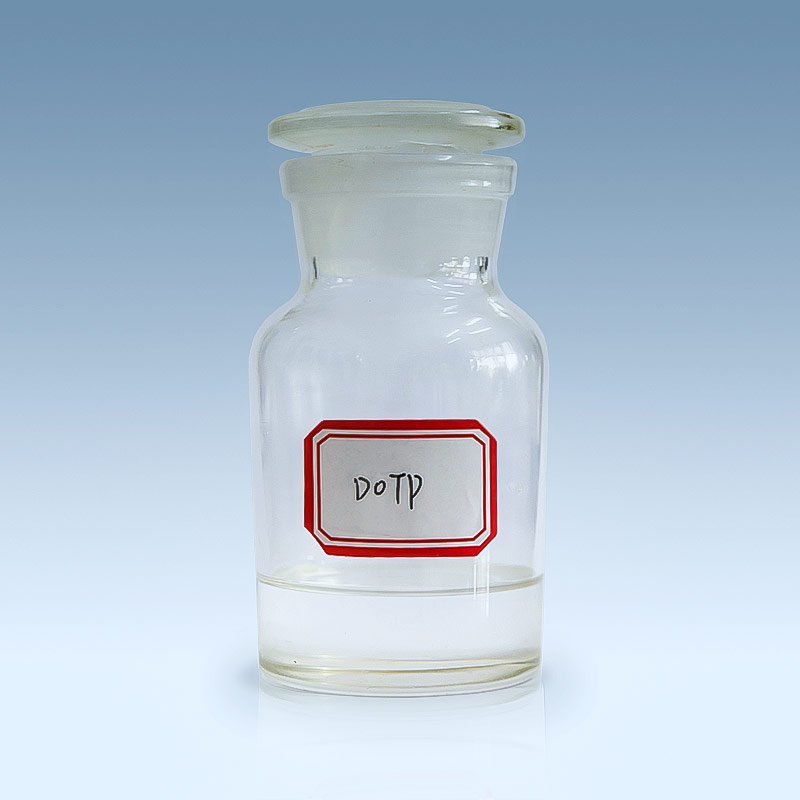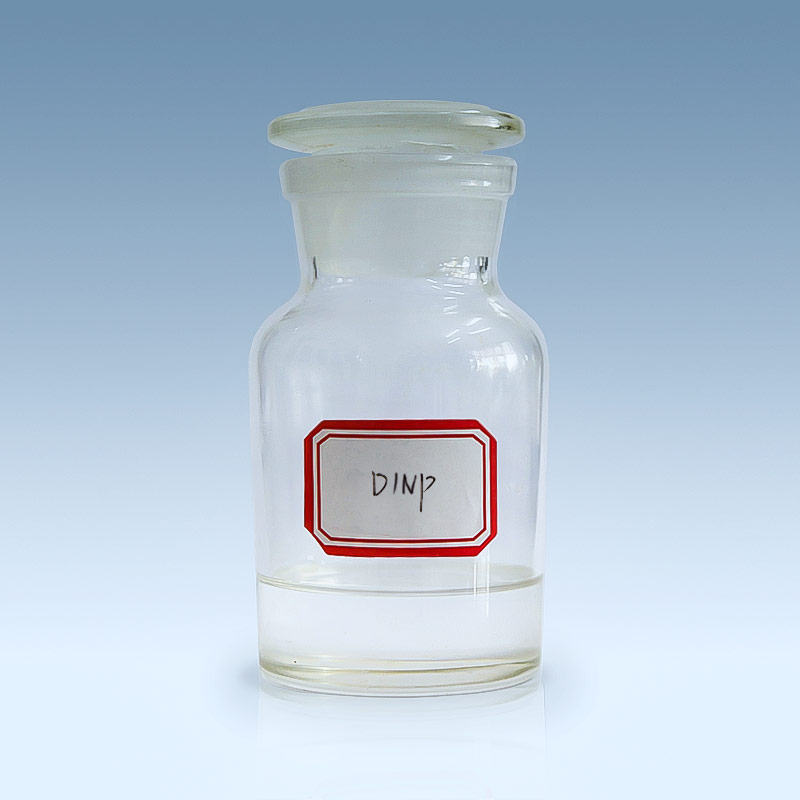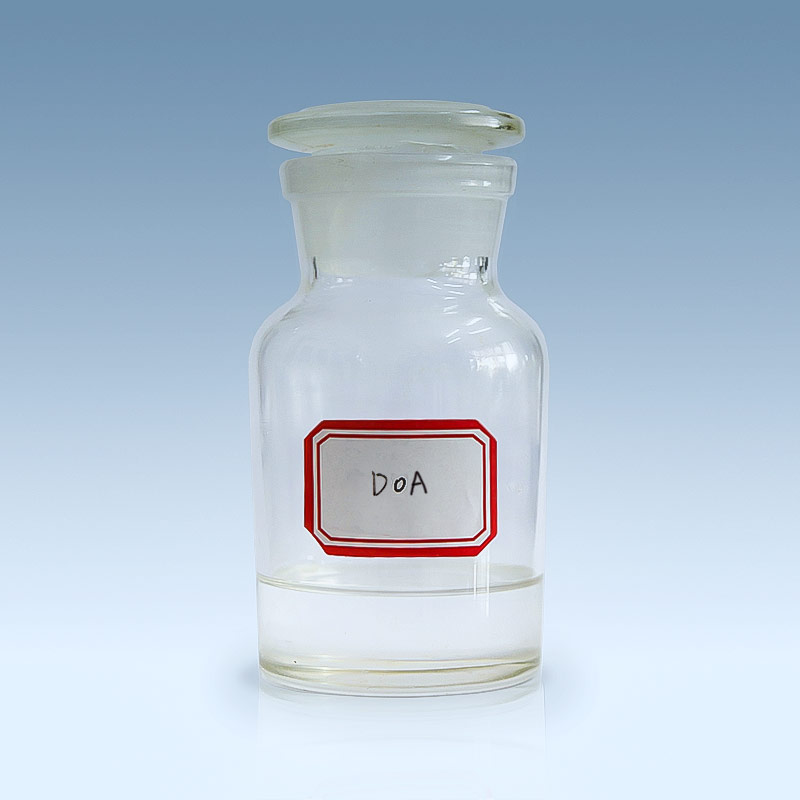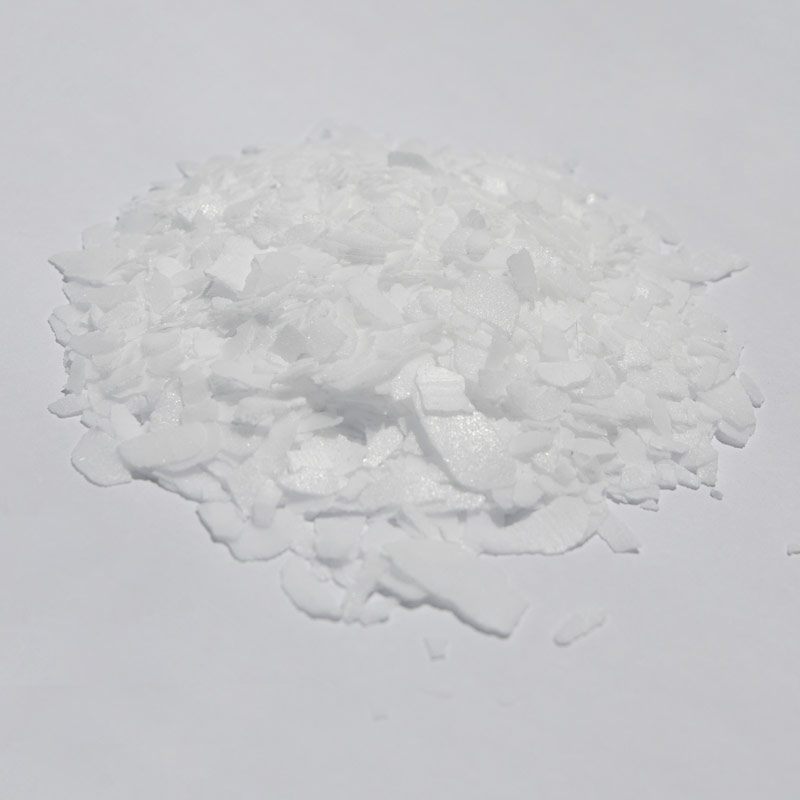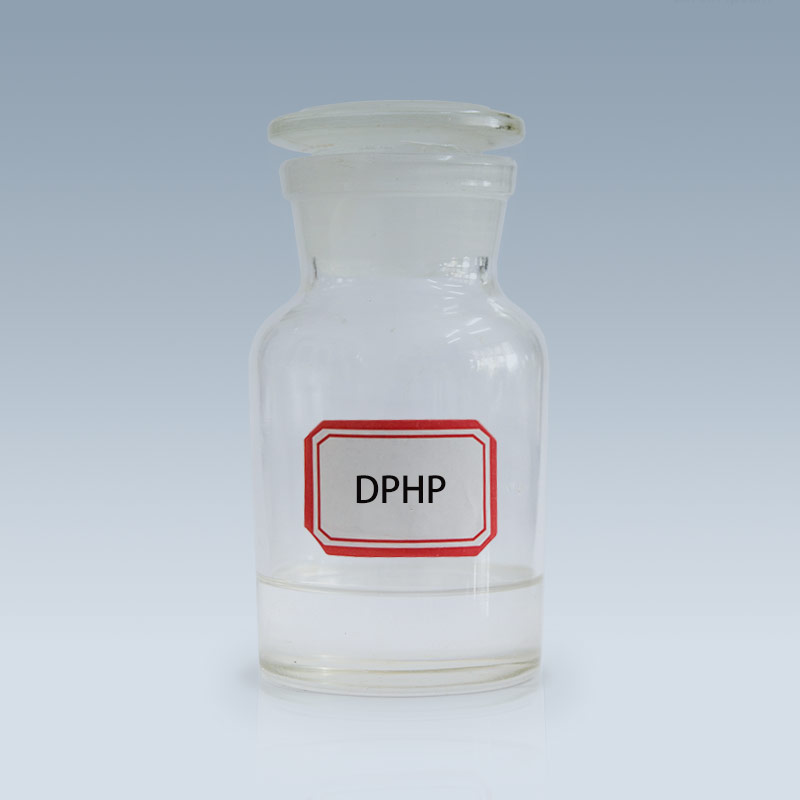Dioctyl Phthalate (DOP), chemically known as Di(2-ethylhexyl) phthalate, is one of the most widely used and trusted plasticizers in the world. Known for its excellent performance, stability, and compatibility, DOP has played a vital role in enhancing the flexibility and durability of plastic materials—particularly in the production of flexible PVC (polyvinyl chloride). From construction and automotive to electronics and textiles, DOP continues to be a preferred choice for manufacturers seeking consistent quality and cost-effectiveness.
1.Key Properties and Advantages
Exceptional Plasticizing Efficiency
DOP effectively reduces the hardness and improves the flexibility of polymers, especially PVC. Its high compatibility and low volatility allow it to integrate easily into resin formulations, ensuring long-lasting performance without compromising structural integrity.
Thermal and UV Stability
DOP demonstrates excellent resistance to heat and UV exposure, making it ideal for products exposed to outdoor environments. This stability extends product life and maintains physical properties even under demanding conditions.
Processing Ease
With its favorable viscosity and thermal characteristics, DOP allows for easy processing in extrusion, molding, and calendaring operations. This helps manufacturers achieve faster production speeds and reduce energy consumption.
Proven Track Record and Reliability
Having been in use for decades, DOP has a well-established performance profile backed by extensive industrial experience. Its predictable behavior across various applications gives designers and engineers confidence during product development.
2.Wide-Ranging Applications
Flexible PVC Products
DOP is primarily used as a plasticizer in flexible PVC, helping produce items such as electrical cables, hoses, flooring materials, roofing membranes, and wall coverings. It enhances elasticity and resilience, making these products more adaptable and long-lasting.
Wire and Cable Insulation
The electrical insulation industry values DOP for its stability and flexibility, ensuring wires and cables remain pliable and safe even in harsh environments.
Synthetic Leather and Upholstery
In the fashion and furniture industries, DOP is used to create supple synthetic leathers that mimic the feel of real leather while offering superior resistance to wear, moisture, and temperature changes.
Adhesives, Sealants, and Coatings
DOP improves the spreadability and adhesion of various coatings and sealants, enhancing performance in construction and automotive applications.
Inks and Paints
As a performance enhancer in inks and coatings, DOP provides excellent film-forming ability and helps prevent cracking or brittleness in dried films.
3.Economic and Industrial Benefits
Cost-Effectiveness
DOP is a highly economical plasticizer with a balanced combination of performance and price. Its widespread availability and efficient production process make it a go-to choice for large-scale manufacturing.
Global Compatibility
DOP meets the technical and industrial standards of many countries, making it suitable for export-oriented businesses and global supply chains.
Customization Flexibility
Thanks to its versatility, DOP can be easily blended with other additives to tailor specific product formulations for different applications, offering flexibility in design and performance.
4.Sustainability and Future Outlook
While the industry continues to evolve, research and innovation are underway to improve the environmental footprint of traditional plasticizers like DOP. Many manufacturers are working on enhancing recycling technologies and developing hybrid formulations that incorporate DOP with bio-based additives to combine performance with sustainability.
Moreover, DOP’s efficiency means that lower quantities are needed to achieve desired plasticity, which can contribute to reduced resource consumption and waste in manufacturing.
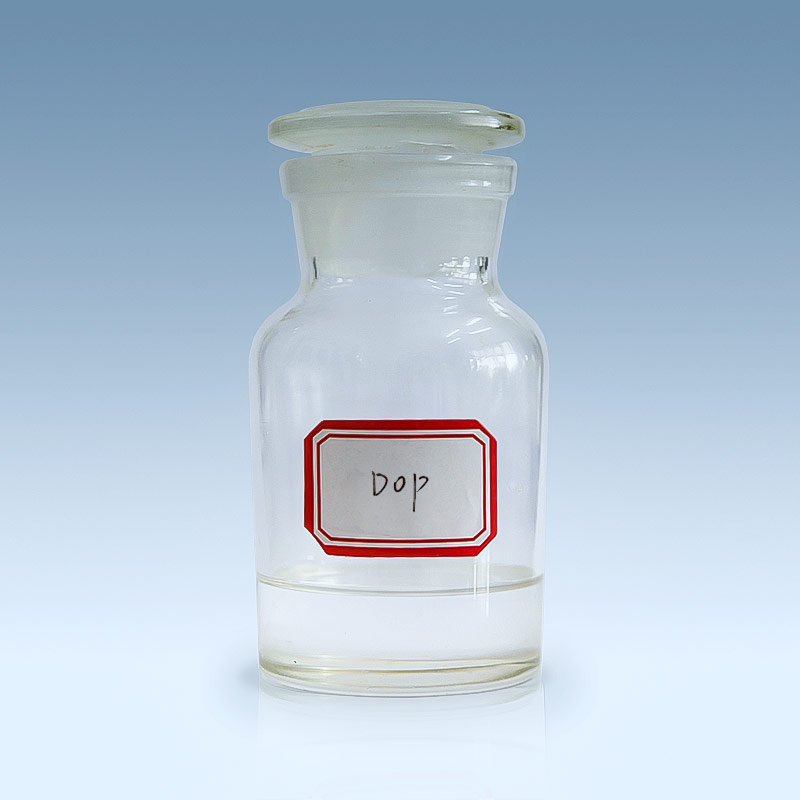



 English
English 中文简体
中文简体